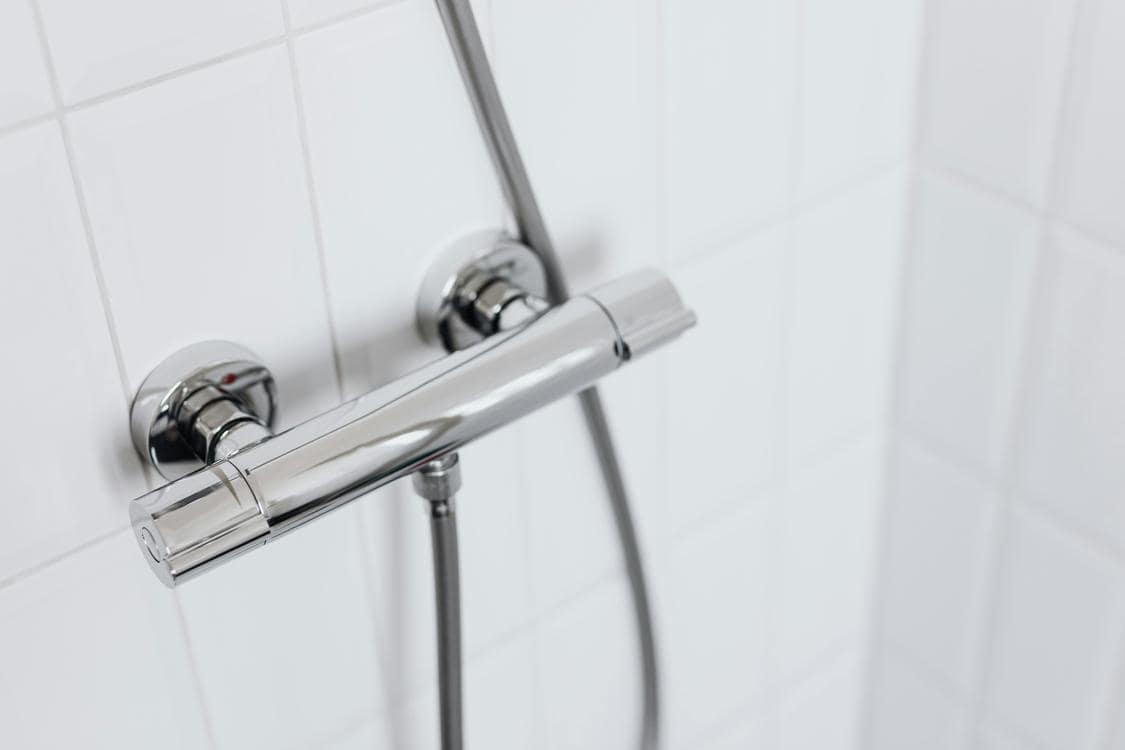Shrimp are one of the most beloved types of seafood around. They’re delicious, nutritious, easy to cook, and often less expensive than other shellfish.
However, shrimp are delicate and can easily go from raw to tough and dry in the blink of an eye. Luckily, there are a few easy visual cues to watch for to avoid overcooking your shrimp.
Overcooking
Overcooked shrimp are tough and rubbery, offering a less-than-pleasant seafood experience. A common kitchen mishap, overcooking is easy to avoid when using proper cooking techniques and attention to food safety.
Shrimp cook quickly, making it easy to miss the narrow window of perfectly tender results. To ensure shrimp are cooked through, one must watch for a few visual cues that indicate the shellfish have been on the heat too long.
The first is color and opaqueness. If the thickest portion of the shrimp, opposite the tail, has turned a bright pink and shifted from milky translucent to opaque, it is ready to be removed from the heat. This is the only way to guarantee shrimp are fully cooked and safe to eat. Just make sure you’re not cooking pet rare shrimp.
Another key indicator is shape. If a shrimp curls into a tight “C” shape, it is overcooked and should be removed from the heat immediately. Shrimp that are not curled tightly will retain a more loose, natural shape and will continue to cook after being removed from the heat, resulting in a juicier and more flavorful shrimp.
Overcooking can also be spotted by paying attention to the smell. Shrimp that are overcooked will emit a strong, off-putting ammonia odor similar to the scent of cat urine. Additionally, overcooked shrimp will typically have a grayish hue to their flesh and will feel very dry when touched with a finger.
Regardless of the method used for cooking, overcooked shrimp can be saved with some creative culinary techniques and kitchen hacks. These methods reintroduce moisture and break down the proteins that have contracted due to overcooking, restoring shrimp to a soft and juicy state that can once again delight the palate.
When reheating overcooked shrimp, it is important to use the microwave sparingly as high levels of heat can cause them to become rubbery and hard. It is also a good idea to allow the shrimp to come to room temperature before cooking, as thawing frozen shrimp in cold water or directly on the counter can result in overcooking.
Before frying or sauteing, it is crucial that the shrimp are well patted down with paper towels to remove excess water and help them achieve a nice sear on both sides. It is also recommended to cook shrimp with their shells on, as removing the shell afterward can hinder the absorption of flavors and make them difficult to peel at the table. Alternatively, a small amount of baking soda can be added to the shrimp before frying or sauteing to tenderize the seafood and aid in its peeling process. These are just a few of the many kitchen tricks and tips that can save overcooked shrimp and turn them into a succulent and delicious seafood treat. By utilizing these tips, chefs can ensure that their shrimp are not overcooked and provide their loved ones with a delectable seafood meal every time.
Thawing in the Microwave
Microwaves are one of the most beloved kitchen appliances for reheating, cooking and defrosting foods. However, thawing shrimp in the microwave can be dangerous if you’re not careful. The microwave’s high power levels can cook the food unevenly, leaving areas uncooked and potentially contaminated. In order to prevent this, you should use a lower power setting and separate the food into individual portions. This will allow the heat to reach all parts of the food equally.
Another problem with using the microwave to thaw frozen foods is that it raises the temperature of the food quickly, which places it in the “food danger zone.” This ranges from 40 to 140 degrees Fahrenheit, where bacteria starts growing rapidly. Because of this, it’s important to always cook thawed foods immediately.
Many people don’t know how to thaw food in the microwave correctly, which can lead to overcooking and even bacterial contamination. The easiest way to avoid this is to follow the instructions on the frozen food’s packaging. Most will offer a recommended time to thaw food in the microwave based on its weight and the wattage of your machine. It’s also recommended to transfer the food from its original plastic or Styrofoam container to a glass dish before microwaving it, as these containers leach chemicals into foods when heated.
Another thing to watch out for is the pH of your water. Shrimp breed best when their tank’s water is between 5.5-6.5. If the pH gets too high, it can burn the gills of your shrimp and ultimately kill them. To keep the pH in check, try adding new soil, some driftwood or moss (which add tannins to lower the pH) or a humic acid product like Mosura Gravidas or Borneowild Dance. You can also experiment with doing less frequent (30% once a week) water changes to see if that encourages breeding. Lastly, make sure your tank is cycled and that it has plenty of stem plants to soak up nitrates.
Not Paying Attention to Color & Opacity

From teeny-tiny Bay shrimp to colossal prawns, the crustacean is available in a variety of shapes, sizes, and flavors. But, like all foods, they must be handled properly to avoid ending up with a dish that is undercooked or overcooked. Luckily, there are a few simple tricks to help you ensure that your shrimp is cooked to perfection every time.
The first tip to consider is to pay attention to color and opacity. Raw shrimp have a milky translucent look, and when they’re fully cooked, they will turn pink and become opaque. In addition, the tips of the tails will take on a reddish hue. When you’re cooking your shrimp, focus on the thickest part of the body near the head and look for the color and opacity to change. As soon as you see the color and opacity change, flip the shrimp over and cook until they are pink and loosely curled, another sign that they’re cooked.
Another easy way to tell if your shrimp is cooked is to use a thermometer. When a shrimp is fully cooked, it will have a temperature of at least 145 degrees Fahrenheit in the thickest part of its body. You can also test if your shrimp is done by using a fork to poke the head of the shrimp. When a shrimp is fully cooked, the fork will easily pierce through the shell and into the flesh.
Lastly, it’s important to know how long to cook your shrimp based on their size. Small shrimp should only be cooked for about three minutes, while larger shrimp need to be cooked for a few more minutes. If you’re using a skillet, it’s best to place the shrimp in a single layer and cook them for no more than five or six minutes total.
If you are baking your shrimp, start by preheating the oven to 400 degrees Fahrenheit and line a sheet pan with parchment paper for easier cleanup. Then, brush the shrimp with oil and season them with salt and pepper, to taste. If you’re using a skillet, heat it over medium high heat for 2-3 minutes and then add the shrimp. Cook the shrimp until they are browned and pink on one side, then flip them and cook until they are pink and opaque on the other side.
Baking is a hands-off method that will allow you to prepare other ingredients while your shrimp finishes in the oven, and it’s a great choice for busy home cooks. The final step is to serve the shrimp with your favorite sauces and side dishes. Enjoy!




















